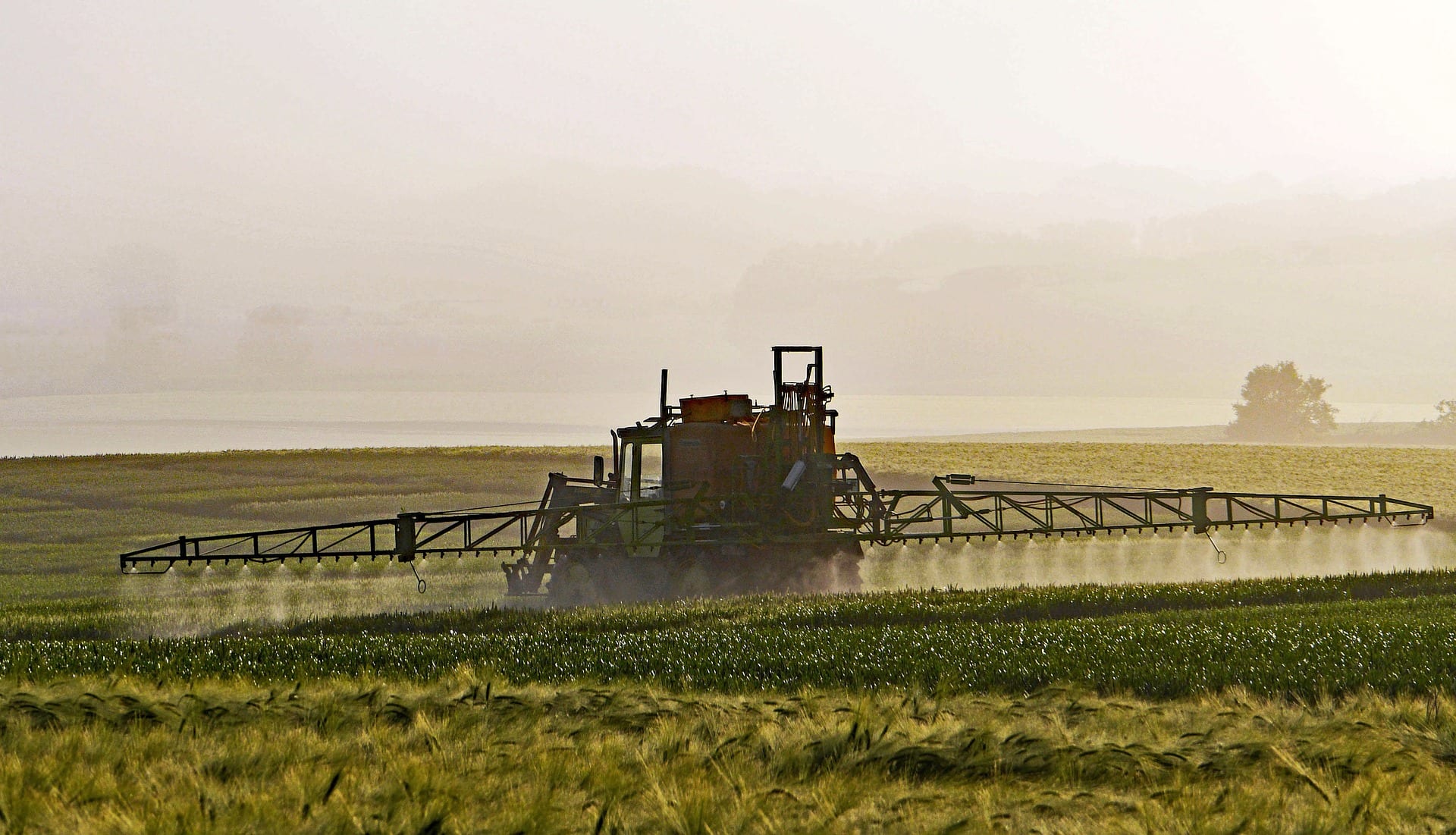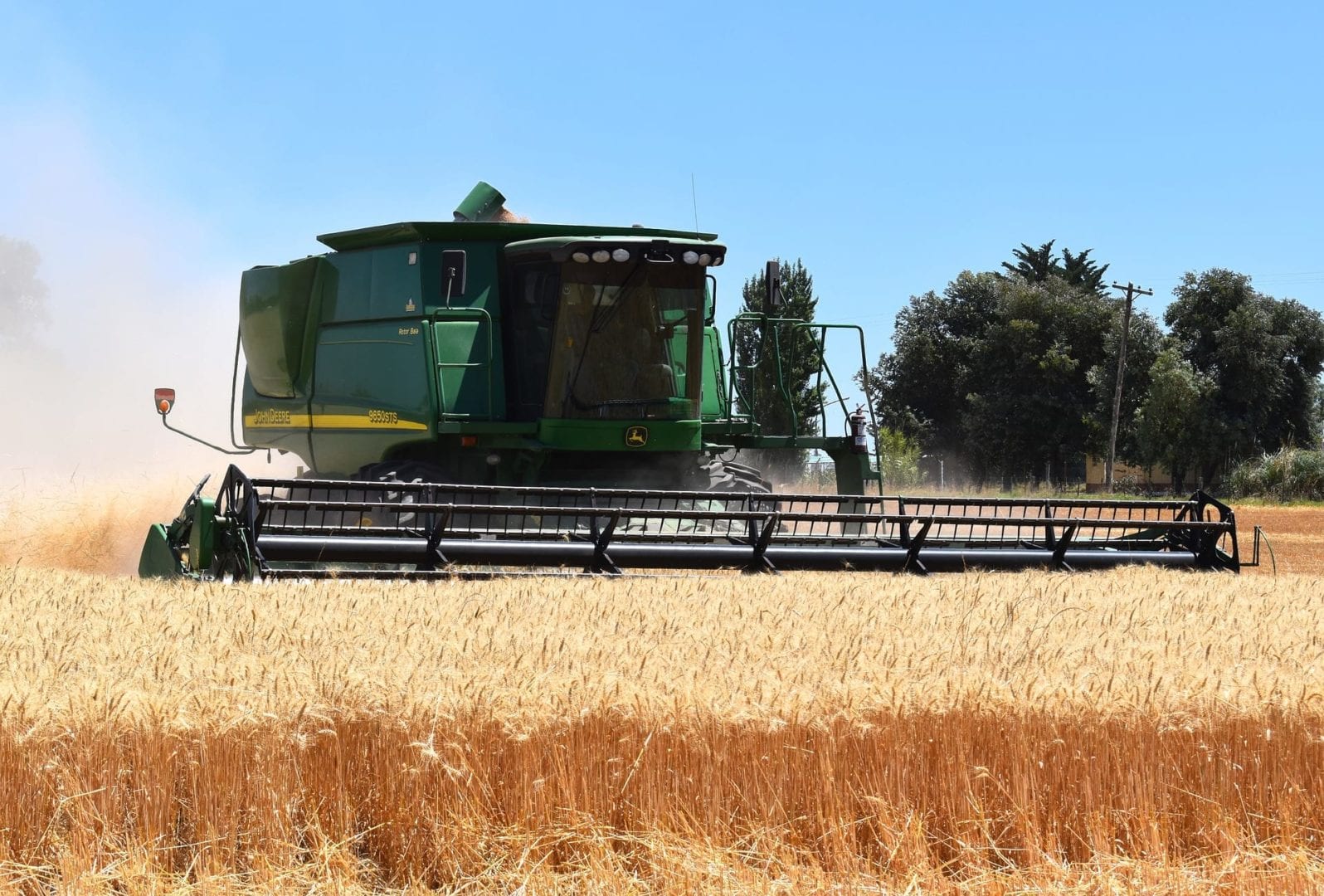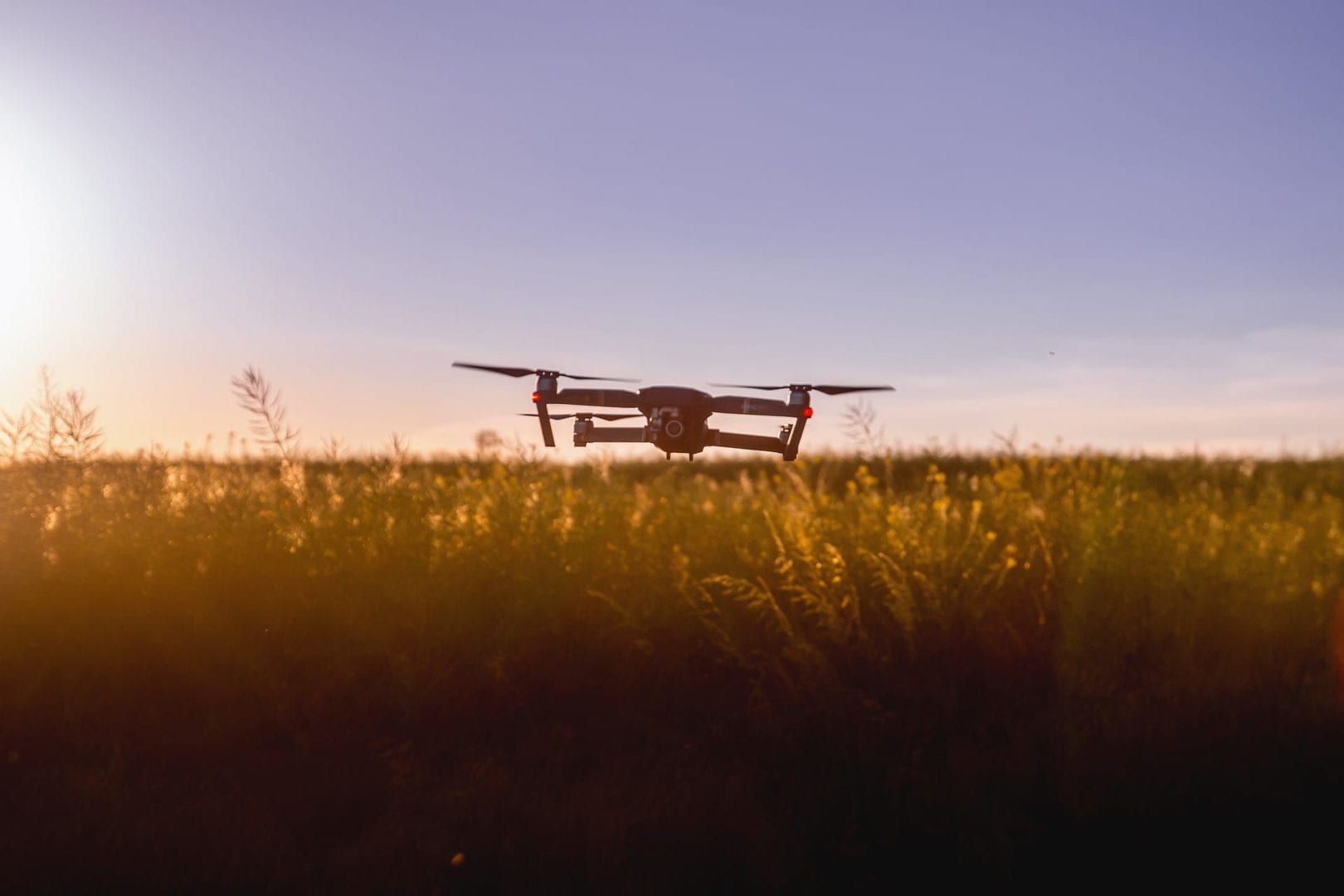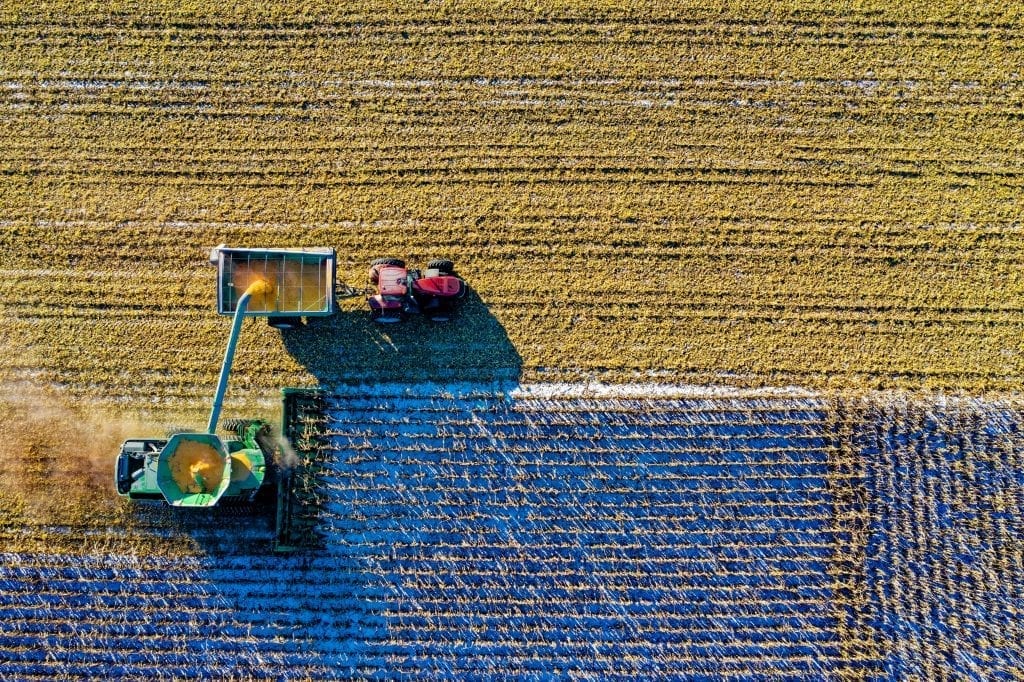No products in the cart.
Agriculture
Equipment needed in precision farming
Precision agriculture offers tools that make it possible to get to know arable areas better, make management more efficient, and increase productivity.
Equipment such as GPS, intelligent sensors, and machines guided by computers and satellites collect soil samples and monitor plant health, providing data for faster and more accurate management and analysis of agricultural production.
Find out what precision agriculture is
Precision agriculture is a management system that takes into account the spatial variability of certain physical-chemical and biological characteristics of cultivated areas to treat areas with lesser or greater fertility or with an infestation of pests, diseases, and weeds.
Advances in referencing and positioning technology have enabled the emergence of precision agriculture. Mechanisms such as GPS and remote sensors can provide a large amount of data collected directly on crops,
These technologies allow the use of a minimum necessary amount of fertilizers and pesticides in each area of the plantation, to treat each plot in a unique and differentiated way. They make it possible to work with high precision and a very low margin of error, as there is almost no human interference in the production process.

Used in corn, soy, coffee, cane, beans, and also in fruit, livestock, and irrigation, the AP, as it is known, enables better property management, favoring faster decision making, in favor of greater uniformity in results, increasing productivity and preserving the environment.
Know the equipment used in precision agriculture
To implement precision farming on your property, you will need at least a GPS capable of connecting to the computer, a sampler for soil collection, and software for map generation.
But, if you can invest more, you can count on autonomous and automated tractors, planters, harvesters, and irrigation systems. There are already devices capable of identifying the presence of weeds and applying the herbicide only to them.
Autonomous tractors are already capable of carrying out the entire process of planting, harvesting, and applying pesticides practically without the need for pilots.
“Self-propelled” planters carry out the work without the need for the tractor to pull them. Planting planning is carried out through digital platforms and has data collected from the plantation and inserted into the on-board computer of the agricultural machinery.
Automated irrigation systems help to increase production, reduce costs, and reduce environmental impacts.
Combine harvesters equipped with harvest monitors enable the operation to be carried out in a fully automated way, selecting fruits that are ripe enough through sensors or respecting the ideal soil moisture.

Forklifts equipped with sensors allow you to monitor the entire flow of the warehouse in real-time, manage classification and traceability, avoiding waste, and optimizing costs.
Understand the importance of GPS
GPS is a device that associates data of latitude and longitude to the subdivisions of the agricultural property, allowing the producer to carry out agrarian monitoring and obtain detailed information to make correct decisions and to manage his production better.
With the aid of a GPS capable of connecting to a computer, such as FieldBox, it is possible to use the tractor’s automatic pilot systems to determine where each planting line will be and where each seed will be positioned, thus obtaining much greater precision.
With GPS-guided navigation, machines can follow automatic routes and pass only once in each place, thus reducing fuel consumption and failures in seeding, harvesting, and application of products. In addition, work gets done much faster.
Besides, the autopilot systems make it possible to carry out bedside maneuvers automatically, contributing to reduce operator fatigue.
See how sensors work
The sensors consist of devices installed in the plantations and connected to computers and smartphones that allow producers to monitor and analyze the conditions of plants and soil in real-time.
With the data pointed out by the sensors, the manager can understand the various factors that can influence the results of his production and implement strategies to correct the problems.
With these devices, it is possible to detect factors such as humidity, temperature, and chemical composition of the soil, identifying the needs of the plants and the exact amount of water and nutrients they need.
Temperature sensors, for example, are special cameras capable of detecting an infrared spectrum to assess the plant’s health, its development stage, hydration level, among other factors. Among its various applications, they allow you to select healthy seeds for germination, count seedlings, carry out irrigation control, analyze soil salinity, identify pests, and evaluate the physical integrity of the plantation.
Height sensors, in turn, are ideal for detecting terrain topography and adjusting spray booms to uneven terrain without the need for the operator to do it manually, contributing to a more accurate and uniform application of fertilizers and pesticides.
See what drones are for
Drones are used to fly over areas of the property and provide data on crop development, the existence of pests and failures, levels of deforestation.

These devices work as small aerial platforms with sensors capable of obtaining aerial information quickly and at low costs, such as biomass maps, pest or weed infestation maps, digital elevation models, among others.
They are also used to count plants, measure planting height, monitor the need for water and inputs, and spray only the points needed.
Use software for data analysis
Software developed for data analysis can generate accurate maps for the interpretation of what needs to be corrected in the field and allow more accurate decisions to be made, reducing risks and minimizing production costs.
The data provided by Big Data – a term in English to designate a large amount of data – enables a better flow of information, making farmers more agile and effective in analyzing, making decisions, and implementing strategies.
As you can see, the new equipment used in precision agriculture has revolutionized the agricultural sector and has made it possible to achieve increasingly surprising results. Keeping up to date with new technologies, you will be able to find solutions to increase productivity and reduce costs.


